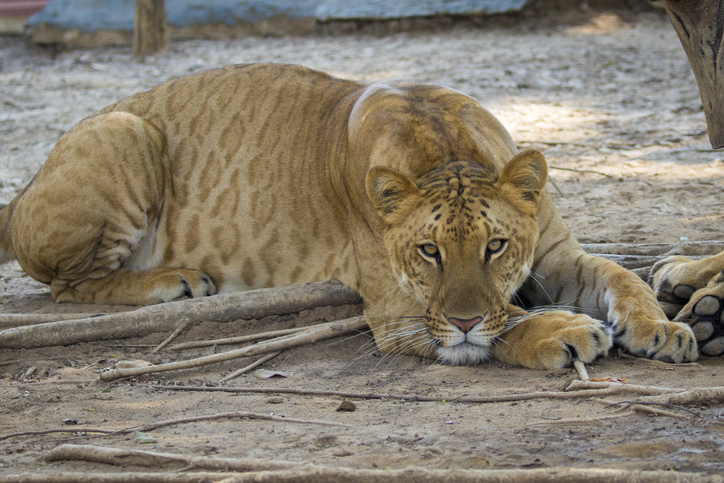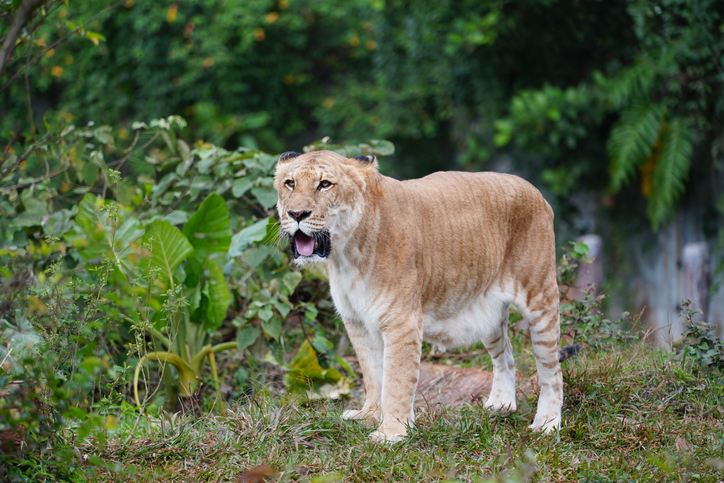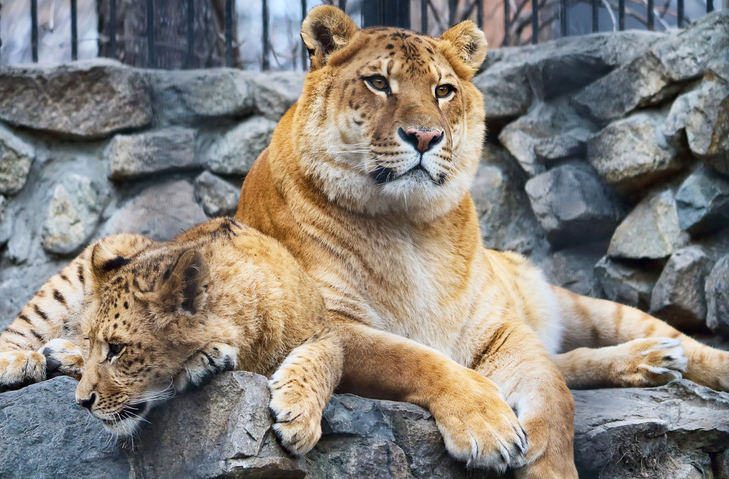Lizards, iguanas, and geckos are pretty amazing guys, but they are also fairly misunderstood. For instance, do you know how they are alike and how they’re different? Could you tell them apart if you saw them side by side?
These fellows are pretty popular among visitors, especially kids! So, today we’re going to look at some of the things that make them so interesting and unique.
Lizards
Lizards are found all over the world and there are over 4,500 different species! This makes them the most diverse fellows when compared to iguana and geckos. One thing that makes lizards unique is the diversity among the species itself. For instance, there are lizards that have eggs and others that live young! Some lizards have four legs, but there are also legless species! They live in nearly every type of climate and terrain, as well, which accounts for the extreme diversity among them. One thing that does seem to be common among lizards is that they tend to have smaller heads, long bodies, and long tails.
Iguana
There are only around 30 different species of iguana, which is a drastic difference when compared to lizards. As you can guess, with fewer species, there is less variety among iguanas. They live around southern Asia, Australia, North and South America, and the islands of the West Pacific. They are mostly nocturnal and have thick scaly skin with sharp teeth and nails. They also lay eggs instead of giving birth to live young. And while lizards and geckos tend to be smaller, Iguanas can reach nearly 6 feet long, including their long tails.
Gecko
There are around 1000 different species of gecko, so they are more diverse than iguana but less than lizards. They can be found in quite different climates and terrains including the southern US and the Caribbean to France, North Africa, and throughout Asia. Geckos lay eggs to have young. They also have soft, smooth skin with short and stout bodies, large heads, and thin tails. They have pads on their toes that adhere to surfaces so they can easily climb even smooth surfaces, like glass! Geckos don’t get that big, typically only reaching about 6 inches in length.
As you can see, lizards, iguanas, and geckos are diverse and interesting guys. The next time you visit, take a closer look and see if you can recognize some of the things that make them similar and different.
Plan your trip today.









